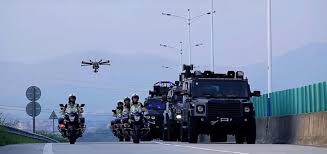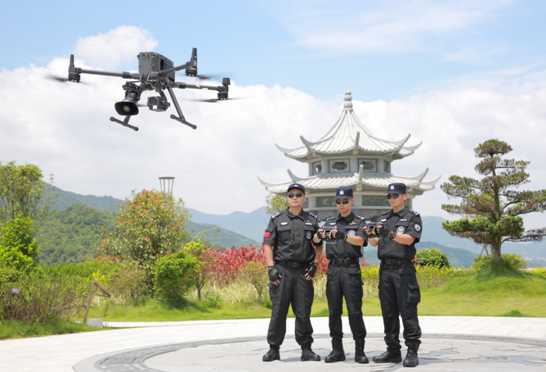
Recently, a fleet of “aerial police officers” was officially deployed in Songshan Lake, Dongguan. Empowered by AI technology, these drones are capable of autonomous flight, proactive patrols, real-time detection, instant data transmission, and closed-loop response, with the fastest dispatch taking only 90 seconds.
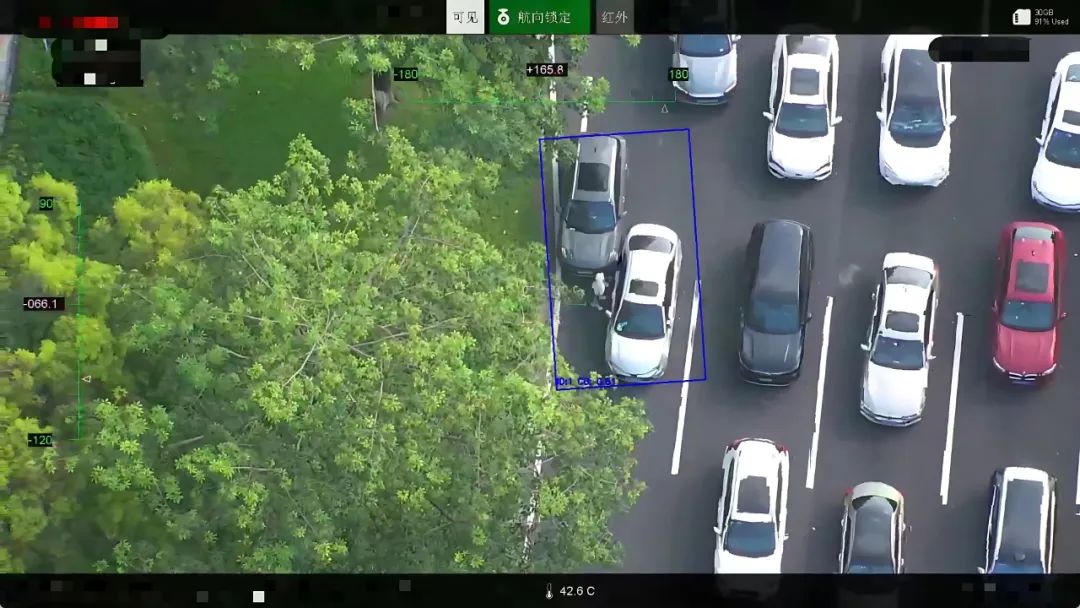
At an intersection near Songshan Lake North Station, an AI-powered drone—operating without the need for a human pilot—detected a minor collision between two cars. The drone immediately descended, capturing evidence from multiple angles, while simultaneously coordinating with ground police forces. Using a loudspeaker, it directed the vehicles to move aside, acting like a swift and responsive “intelligent aerial officer.” Throughout the process, the drone streamed real-time footage and data to support evidence collection and incident review.
From detection to response, the entire process took only 90 seconds. This efficiency is made possible by the “Drone + AI” intelligent patrol system jointly developed by the Songshan Lake Public Security Sub-Bureau and local tech companies. Supported by advanced recognition models and computing power, the system enables an integrated “air-ground” patrol model that drives innovation in smart policing.
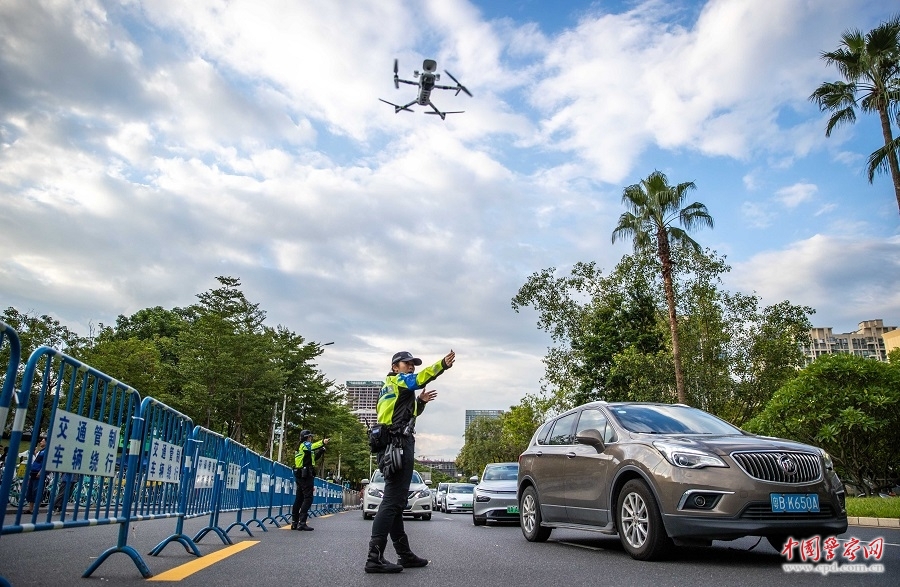
Mounted police explained that this system allows for rapid coordination between air and ground units. “Once a drone detects a traffic accident, it immediately sends feedback to us, quickly arrives on-site for preliminary handling, and guides us to the scene, minimizing traffic congestion to the greatest extent,” one officer said.
When planning flight routes, drones can autonomously avoid sensitive areas such as schools, shopping malls, and restricted zones, while prioritizing safe corridors like lakes, roads, and green spaces. They can also dynamically adjust based on real-time traffic conditions and mission objectives, autonomously executing complex maneuvers such as automated takeoff and landing, adaptive route planning, obstacle avoidance, hovering, circling, and intelligent target tracking.
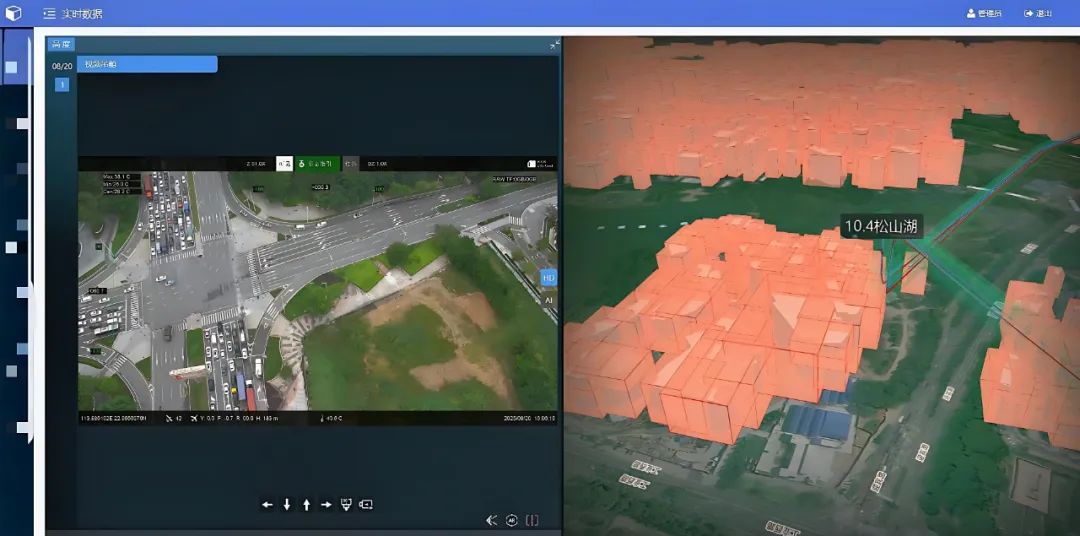
Thanks to its “efficient, safe, and comprehensive” features, this integrated air-ground patrol model effectively addresses the shortcomings of traditional traffic management, enhancing patrol efficiency and optimizing traffic control. By mid-2024, the AI “aerial police” had conducted 840 patrol flights during rush-hour operations, assisting in handling over 1,900 traffic and public security incidents. As a result, the average traffic congestion duration in Songshan Lake has been reduced by 70%, while incident response efficiency has improved by 30%.


